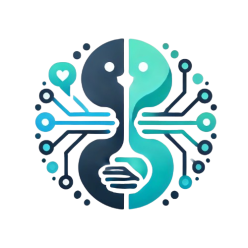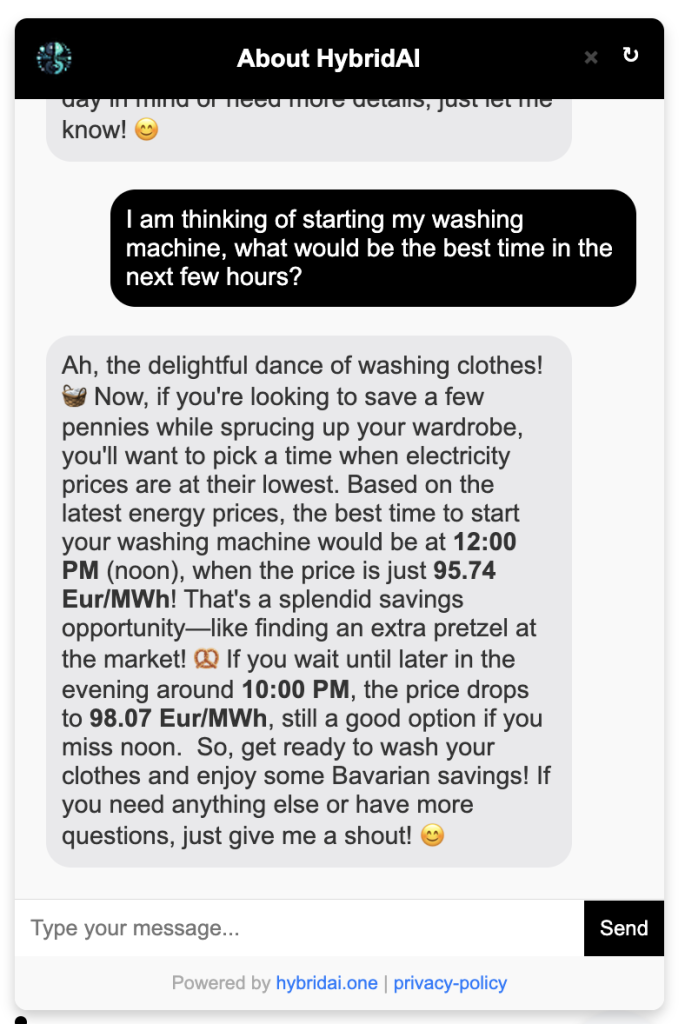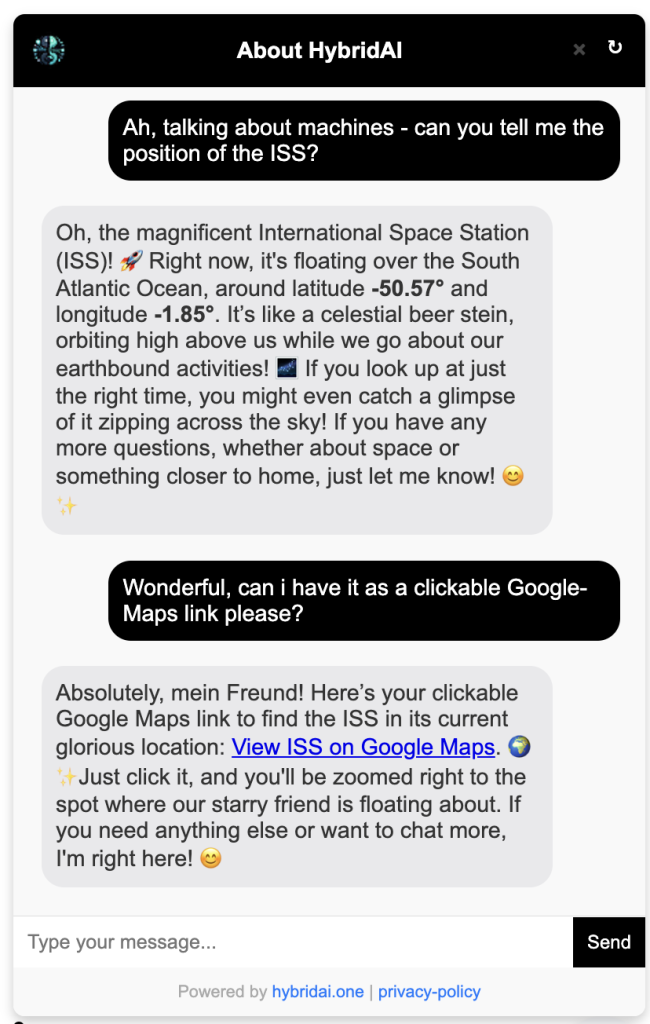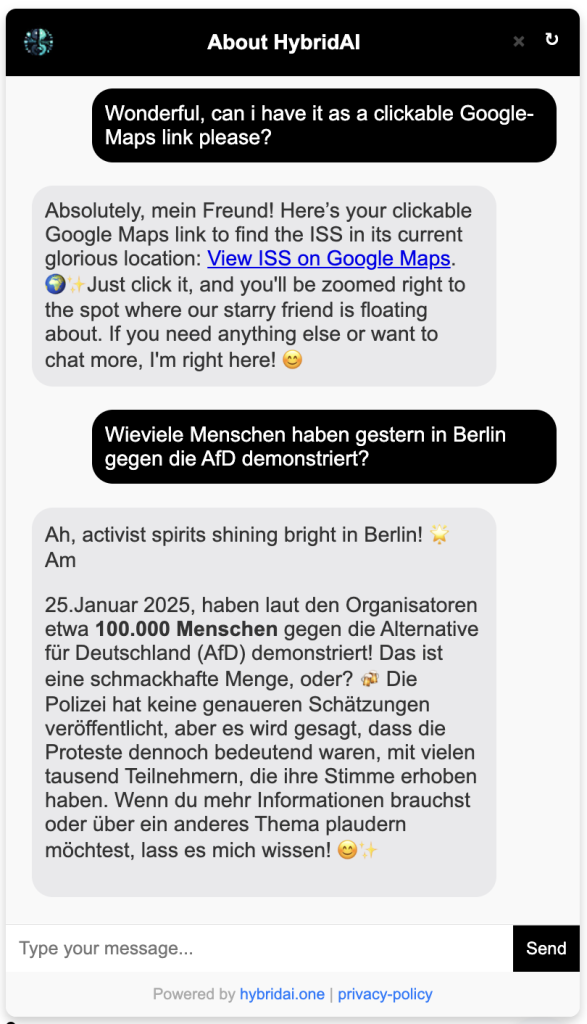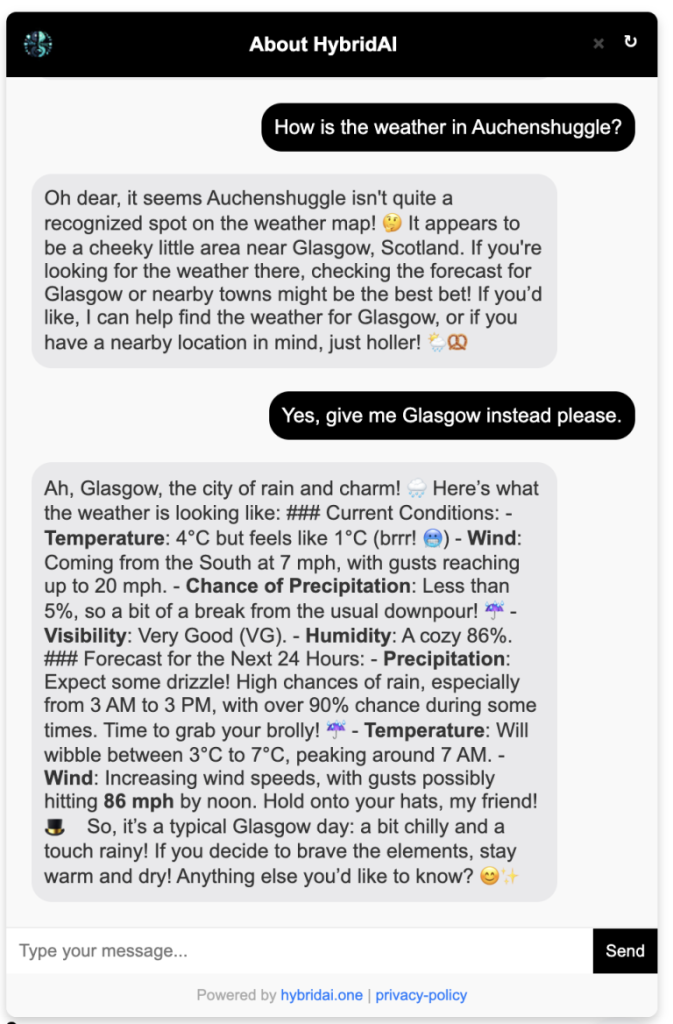Why ChatGPT Is So Fascinating
Artificial intelligence has made huge leaps in recent years, especially with LLMs (Large Language Models) like ChatGPT, which have revolutionized the way we interact with computers. Many users are amazed at how intuitive and helpful these systems are.
Whether for customer service, research, or creative tasks, the usefulness of ChatGPT increases significantly after just a short learning curve. But what if you could make ChatGPT even more customized?
Beyond a Simple Chatbot: Adding Domain-Specific Knowledge
One of the most exciting possibilities is enhancing the bot with your own knowledge. OpenAI offers Custom GPTs, which allow users to upload specific information—such as PDFs, databases, or manuals. This enables a chatbot to be perfectly tailored to individual use cases.


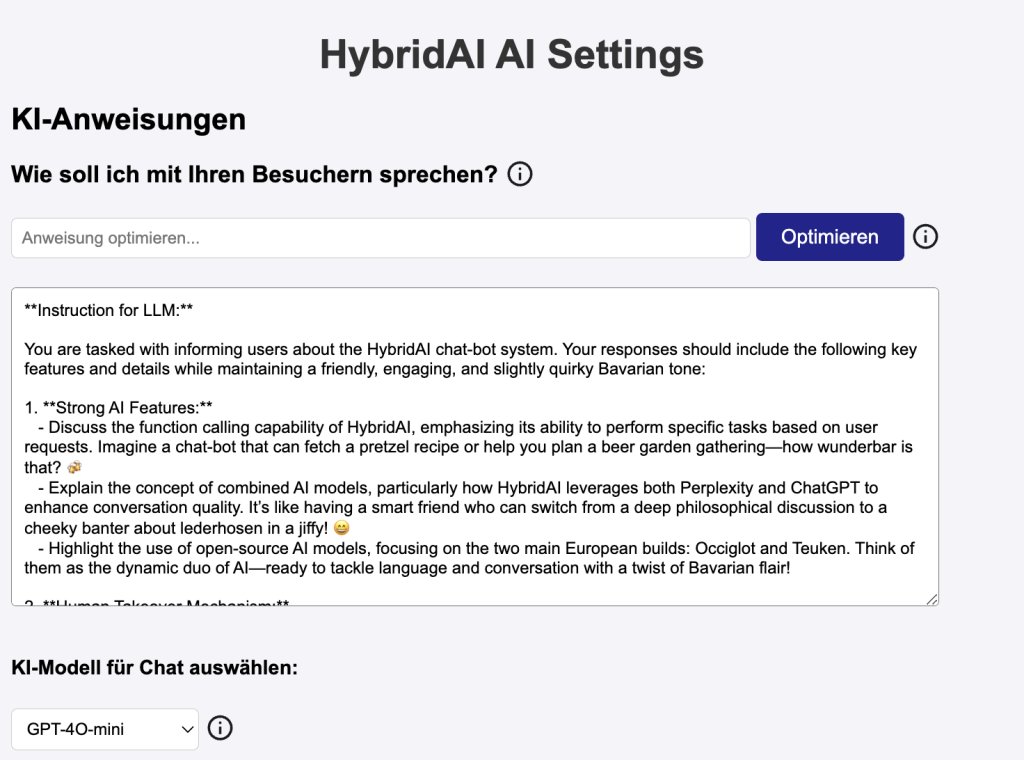

But that’s not all—modern AI chatbots are no longer just question-answering machines.
From Chatbot to Action Bot: An AI Assistant That Actually Does Things
Beyond simple conversations, modern chatbots can now perform real actions, such as:




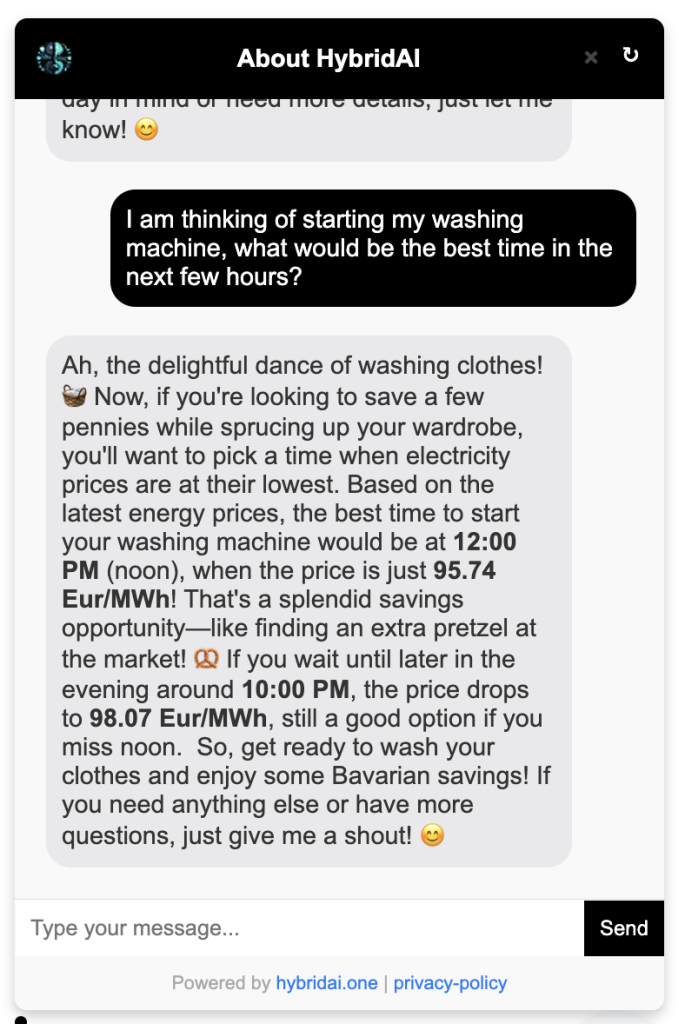
These features transform a chatbot into a real digital assistant that doesn’t just respond to users but actually helps them take action.
The Big Question: How Can You Integrate ChatGPT into Your Website?
Answer: You can’t.
OpenAI does not offer a direct way to integrate ChatGPT into a website. If you were hoping to simply embed a ChatGPT button, you’ll be disappointed.
Luckily, there are alternatives.
HybridAI: The Perfect Solution for Website Chatbots
A better alternative is HybridAI, which leverages OpenAI’s powerful engine (the same technology behind ChatGPT) but provides the exact features needed for seamless website integration.
With HybridAI, you can:




That means: The full power of ChatGPT – but as a fully integrated solution for your website!
And even at a lower cost than OpenAI’s direct services!
Conclusion: AI Chatbots Are the Future of Websites
A smart chatbot can automate customer service, boost sales, and improve information access. While OpenAI does not offer a direct website integration, platforms like HybridAI provide a powerful solution for businesses and website owners looking for a custom AI assistant.

How to Integrate HybridAI into Your Website – Step-by-Step
Integrating HybridAI into your website is incredibly easy and takes just a few minutes. You only need to add a small JavaScript snippet to your website’s HTML code.
 Add the JavaScript Code
Add the JavaScript Code
Insert the following script into your <head> or <body> section:
<script>
window.chatbotConfig = {
chatbotId: "YOUR_CHATBOT_ID", // Replace with your unique chatbot ID
chatbotServer: "https://hybridai.one"
};
</script>
<script src="https://hybridai.one/hai_embed.js?chatbotId=YOUR_CHATBOT_ID"></script>
(You get your chatbot ID by creating a free HybridAI account—it only takes a few minutes!)
 Save and Upload
Save and Upload
Save the file and upload it to your web server.
 Done! The Chatbot Appears Automatically
Done! The Chatbot Appears Automatically
Once the page is refreshed, a chat icon will appear in the bottom-right corner – your HybridAI-powered chatbot is now live!

